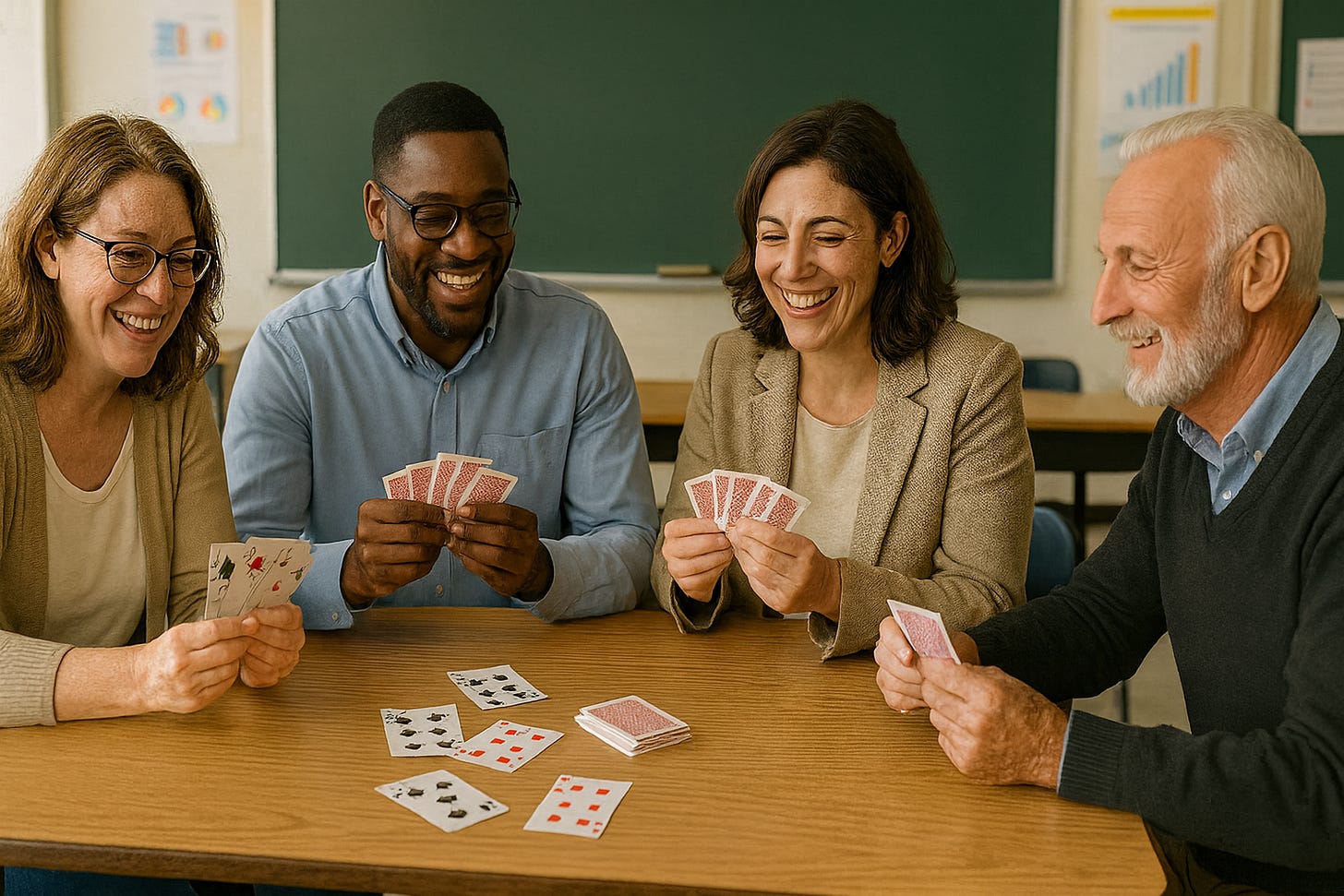The pseudoscience of learning
How to spot it in the education debate
“You got to know when to hold 'em, know when to fold 'em
Know when to walk away and know when to run”
Kenny Rogers, The Gambler, 1978
There is a phenomenon that is most striking in self-help business books. It goes something like this: You only know you are leading when you are generating some pushback. That is when you are on the edge of your authority. …
Keep reading with a 7-day free trial
Subscribe to Filling The Pail to keep reading this post and get 7 days of free access to the full post archives.



